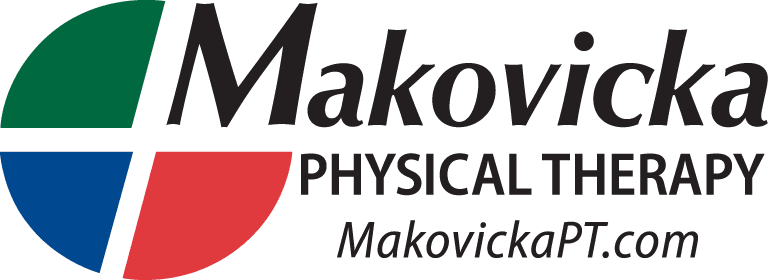Whether you’re an avid tennis player, a seasoned pickleball enthusiast, or even just a casual sports participant, Tennis Elbow has likely crossed your radar at some point. Though the name suggests its connection to tennis, it doesn’t play favorites and can stealthily emerge in the world of pickleball too.
So, what is Tennis Elbow?
Tennis Elbow is also known as lateral epicondylitis. It is an elbow injury that can occur due to overuse. Tennis elbow is when the tendon that attaches to the forearm muscles on the outside of the elbow becomes inflamed or even partially torn. From repetitive motions, such as a tennis swing, the tendons, and muscles become fatigued from overuse leading to breakdown, pain, and point tenderness to the outside of the elbow. Other symptoms include loss of grip strength and sometimes pain at night.
Who is affected by tennis elbow?
The population affected most is with activities that require heavy use of the forearm and wrist extensor muscles between 30-50 years old. For example, people in the working field that spend long hours on the computer, other recreational activities such as painting or cooking, tennis, and racquet sport athletes, or high-impact activities such as carpentry, weightlifting, or mechanic work. In addition to overuse, poor body mechanics and improper equipment use can also lead to injury.
What does testing look like?
To determine a proper diagnosis, your doctor will need to know how and when symptoms developed, what your occupation looks like, and what, if any, recreational activities you participate in. Your doctor will also want to know if there has been a previous injury to the elbow or other factors in your medical history such as arthritis or nerve conditions that may be contributing to your symptoms. An example of a test the doctor might ask you to do is straighten your elbow, wrist, and fingers while placing some resistance against your arm. If there is pain, that could indicate a positive test. X-rays, MRIs, and EMGs are also common tests.
What is the treatment for tennis elbow?
For Tennis Elbow, there are a variety of treatment options available. The treatment team will consist of primary care doctors, upper extremity specialists/surgeons, occupational therapists and physical therapists. Conservative management is the goal to treat Tennis Elbow. About 80-95% of patients improve without surgery. The goal is to first rest the overactive muscles by reducing activity level or stopping activity altogether, and in some cases, applying a wrist brace to calm the muscles down. Other treatments involve the use of ibuprofen, naproxen, a cortisone injection, and ice massage for pain relief and to reduce swelling. Your therapist will compile specific exercises to help with strengthening the muscles and giving you tips on how to modify activities to get you back to doing the activities you love without risk of re-injury.
Conservative treatment
The good news–conservative treatment is successful in approximately 90% of cases.
Rest. Stop or reduce the activity that caused the injury. If you are not able to end the task, try thinking about ways you can modify the activity to limit heavy lifting, or lifting objects with the palm down.
Medications. Doctors will recommend Tylenol or ibuprofen to help reduce pain and swelling. Talk with your doctor before starting a medication regimen.
Hand therapy will provide education and training on specific exercises and stretches, recommend work modifications, manual therapy techniques, cryotherapy, and recommend bracing.
Two types of braces can be recommended for tennis elbow treatment. One is called a Counterforce Brace. This is more like a band that is fitted over the largest part of the forearm. The second brace is a wrist brace. By limiting motion of the wrist, the forearm muscles are allowed an opportunity to rest and heal.
Steroid Injections have also shown positive outcomes with healing tennis elbow.
Call the Makovicka Physical Therapy clinic nearest to you to learn more!

